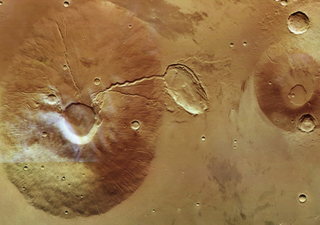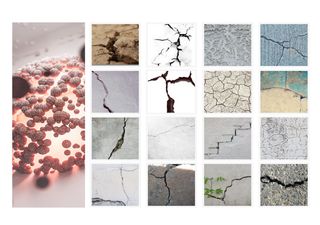A very rare mineral has been discovered in a remote Siberian Cave, we are talking about mirabilite
Mirabilite is a temperamental mineral and requires a specific temperature and humidity to preserve. It is difficult to preserve the substance, because under unfavourable conditions the crystals quickly transform into a gaseous state.
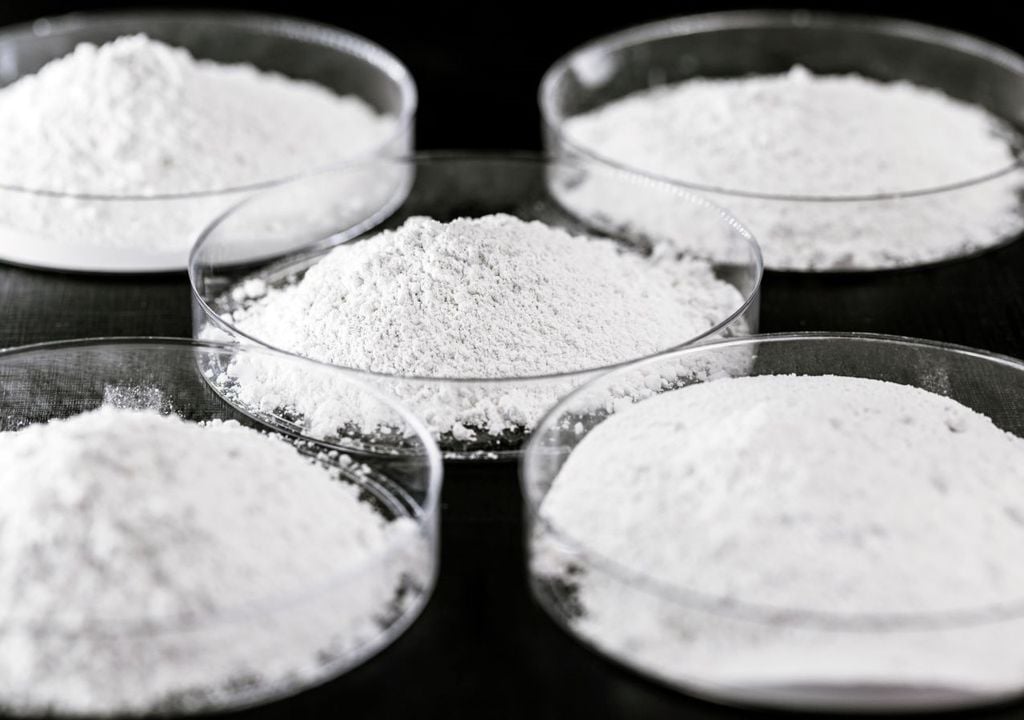
In the Borodinskaya cave in Siberia, Russians from the Abakan Speleological Group discovered an uncommon mineral, mirabilite, also known as 'Blauber's Salt'. This mineral was found in this cave in 2021, but it proved to be a difficult task to bring it to the laboratory for a scientific examination.
Mirabilite is a capricious mineral and requires a specific temperature and humidity to be stored. It is difficult to preserve the substance, because under unfavourable conditions the crystals quickly turn into a gaseous state. On the first attempt, the speleologists managed to bring practically only an empty box to the exam.
This rare substance was brought to the laboratory
Now, the Borodinskaya cave would look like the only cave in Asia where mirabilite was discovered. In a comment to this news on Facebook, the Italian speleologist and geologist Graziano Cancian writes “mirabilite is a sodium sulfate decahydrate. Decahydrate means that in its chemical formula there are 10 water molecules.
It's not a rare mineral, but it's not common.” The mirabilite has also been reported in several caves, as reported in the book “Cave Minerals of the World”.It is often associated with plaster. In Italy it has been identified in caves of Emilia. His reports, however, are always very important.
The discovery of mirabilite in the Borodinskaya cave is a significant achievement for the Abakan caving club. Despite the challenges encountered in trying to preserve and transport the mineral, the team managed to overcome these difficulties and bring the mirabilite to the laboratory for further study. The discovery of mirabilite in the Borodinskaya cave offers new opportunities for scientific research.
What do we know today about this mineral?
Glauber salt, or mirabilite, is a mineral hydrated with sodium sulfate. It was first discovered by chemist Glauber, it is used in the production of glass and soda, and in medicine. The mineral presents itself as large transparent prism-shaped crystals, highly soluble in water.
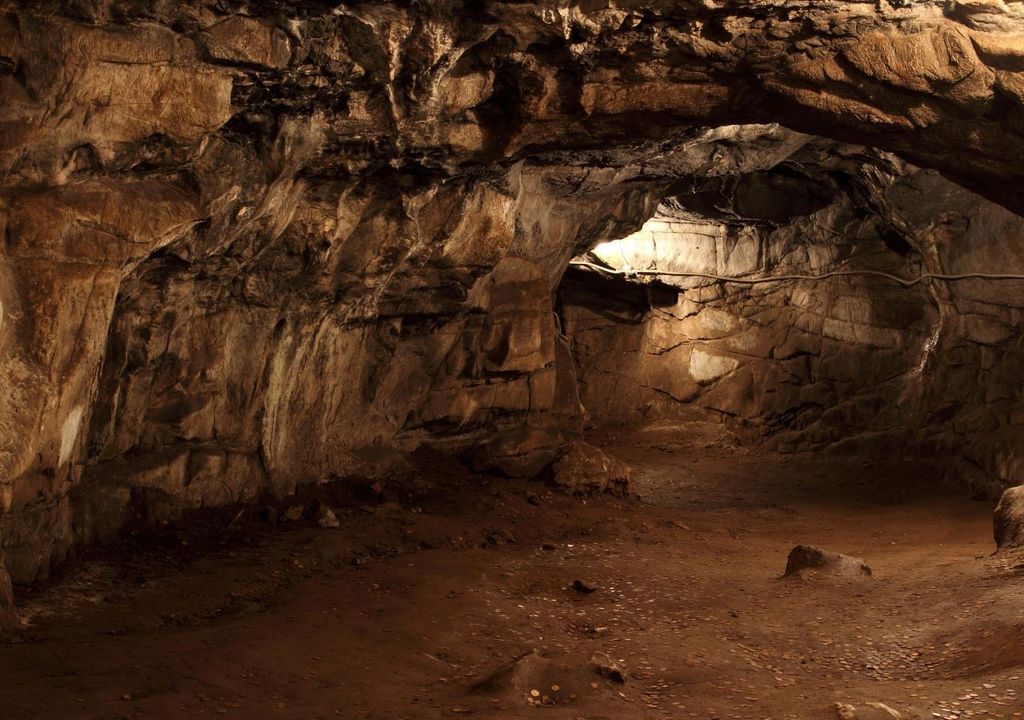
If exposed to air or heated for a long time, it evaporates and loses mass. The natural mineral in Glauber's salt is called mirabilite. These characteristics, described above, make it extremely rare.
Where is it in nature?
Mirabilite deposits have been discovered in different parts of the world, including Saskatchewan Province in Canada, Georgia, and Kara-Bogaz-Gol Bay in Turkmenistan.
The mirabilite is also found in Lake Kuchuk in western Siberia, salt lakes in the Tomsk region, in the Altai territory, and in other deposits in California, Sicily, Germany, and Lake Bolshoye Malinovskoye in the Astrakhan region.
In dissolved form, Glauber salt is present in significant quantities in seawater and many mineral waters, for example in the resorts of Karlovy Vary and Marienbad in the Czech Republic. The mirabilite is also found in the form of plaques and crusts on deposits of chalk and gem salt.
What does his discovery entail?
The discovery of Glauber's Salt dates back to 1626, when the chemist Glauber, suffering from typhus, came across a water source that restored his appetite. Interested in the chemical composition of water, Glauber conducted a study during the following winter.
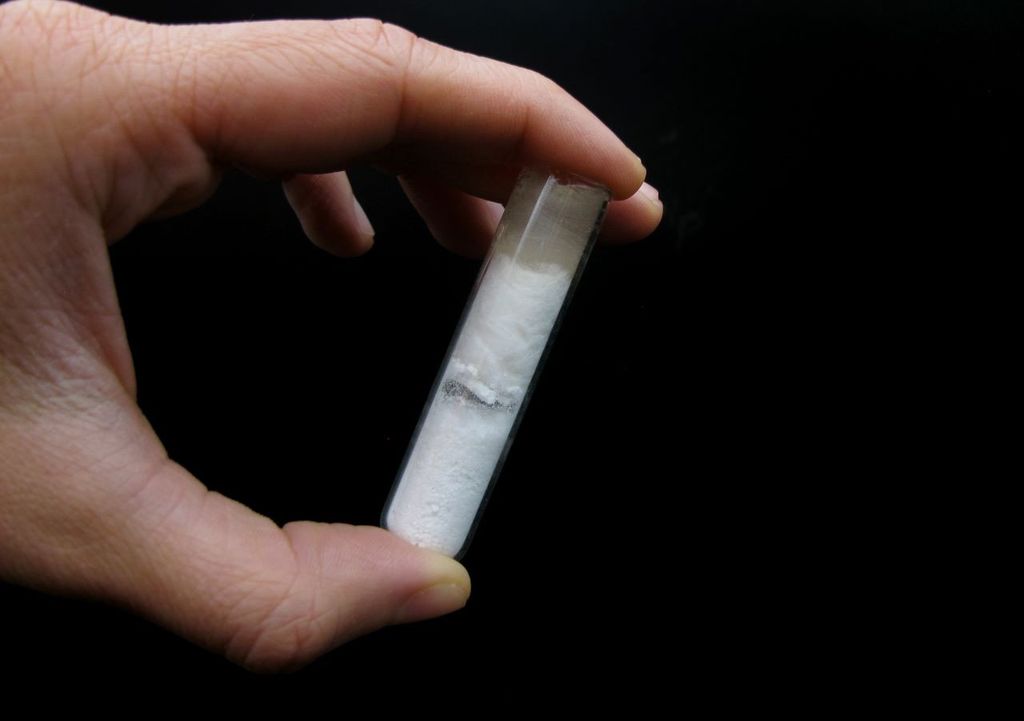
By evaporating the mineral water and analysing the sediments, he discovered a previously unknown salt, which he called mirable salt, from which the name of the natural mineral mirabilite derives. In 1648, Glauber conducted experiments with acids, obtaining hydrochloric acid by heating the normal salt with sulfuric acid.
During these experiments, he discovered that the large clear crystals that precipitated were the same “wondering salt” he had previously discovered. This discovery led to the synthesis of sodium sulfate and a method for producing hydrochloric acid.
Glauber Salt, or sodium sulfate, is used in various industries, including soda production, hyposulfate, overseas, glass industry, refrigeration and medicine. In the world of medicine, on the other hand, it is used as a laxative.





